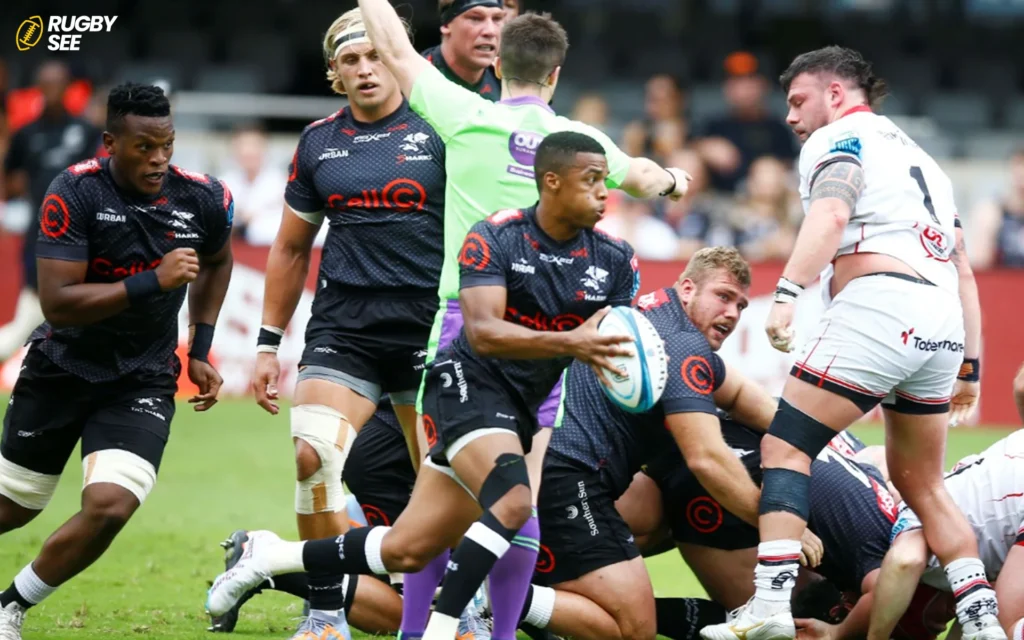When it comes to professional sports, the earnings of athletes can vary widely based on a multitude of factors, including the sport’s popularity, media rights, sponsorship deals, and the financial capabilities of the leagues and clubs involved. In the realm of rugby, two of the major formats that attract considerable attention are Rugby League and Rugby Union. Each has its own set of rules, fan base, and, crucially, remuneration structures for players. In this article, we’ll delve into the financial landscapes of both Rugby League and Rugby Union to understand which of the two tends to pay its players more.
Understanding the Differences: Rugby League vs. Rugby Union
Before comparing salaries, it’s essential to understand the primary differences between Rugby League and Rugby Union. Rugby Union is often regarded as the more traditional form of the game, characterized by 15 players per side and played over 80 minutes. It is known for its strategic depth and has a strong following worldwide, especially in countries like New Zealand, England, Ireland, and South Africa.
Rugby League, on the other hand, features 13 players per side and also lasts 80 minutes, but is generally considered faster and more physically demanding. This format enjoys immense popularity in Australia, England, and France, and is noted for its high-paced, action-oriented gameplay.
Economic Aspects: League and Union
The economic environments of Rugby League and Rugby Union are quite distinct. Rugby Union historically has had a more extensive global reach, which translates into significant international tournaments such as the Rugby World Cup, the Six Nations Championship, and the Rugby Championship. These tournaments command substantial television rights deals and sponsorship packages, which in turn fuel the salaries of the players and if you want to know about Popularity of Rugby in Argentina read How popular is rugby in Argentina?
In contrast, while Rugby League has a passionate following, its reach is more concentrated in specific regions. However, the National Rugby League (NRL) in Australia is a notable exception. The NRL is one of the most well-attended and financially secure leagues in Rugby League, with TV rights deals that rival those of many top sports leagues globally.

Player Salaries in Rugby Union
In Rugby Union, player salaries can be quite lucrative, particularly at the top levels. For example, top players in the English Premiership and the French Top 14 can command annual salaries ranging from $200,000 to over $1 million. The financial clout of clubs in these leagues, especially in France, backed by wealthy owners and substantial broadcasting deals, allows them to offer competitive pay packages.
Furthermore, international players who represent their countries in Rugby Union often receive additional match fees and bonuses. For instance, players in the England national team can earn substantial sums during international tournaments, further boosting their income.
Player Salaries in Rugby League
Rugby League players, particularly in the NRL, also enjoy impressive salary figures. The average salary for an NRL player is considerably high, with top players earning in the range of $300,000 to $1 million annually. The league’s salary cap management ensures competitive balance but also guarantees a good earning potential for the players.
Moreover, State of Origin matches—a series of annual Rugby League games between two Australian state representative sides—are particularly lucrative, often earning players significant bonuses on top of their regular salaries.
Conclusion: Who Gets Paid More?
Determining who gets paid more between Rugby League and Rugby Union players depends largely on the level and location of play. Generally, top Rugby Union players in the most competitive leagues can command higher salaries due to the sport’s broader international market and richer television and sponsorship deals. However, players in Australia’s NRL can rival or even surpass these earnings, given the league’s financial strength and the popularity of Rugby League in that region.
Influential Factors on Salaries
While the top figures in both Rugby Union and Rugby League are impressive, it’s important to consider the factors that influence these earnings. Sponsorship opportunities, personal endorsements, and post-career opportunities can also play a significant role in the overall financial well-being of the players.

Sponsorships and Endorsements
Rugby Union players often benefit from more extensive international exposure, which can lead to lucrative endorsement deals with global brands. Players like Dan Carter and Jonny Wilkinson have become household names, associating with major sportswear and lifestyle brands. This level of visibility extends the earning potential of Rugby Union players beyond their club salaries and match fees.
Rugby League players, while perhaps less visible on the global stage, still capture significant national attention in countries like Australia and England. Star players in the NRL often have endorsements and media roles that supplement their incomes substantially.
Club and Country Revenue Streams
The financial health of the clubs and national associations can also significantly impact player salaries. Rugby Union’s global appeal has led to strong revenue streams from international competitions and tours, which trickle down to player salaries. The Rugby World Cup, for instance, generates substantial revenue that benefits the participating nations and their players.
In Rugby League, the financial focus is more domestically oriented, with major revenues being generated by national leagues like the NRL. The financial model here supports high salaries but within a more localized market.
Career Longevity and Post-Career Opportunities
Career longevity can also affect a player’s lifetime earnings. Rugby Union, with its broader international play and numerous tiers of professional competition, often allows players to extend their careers internationally or transition into coaching and commentary roles more smoothly. The global structure of Rugby Union provides a platform for a sustained income through various phases of a player’s career.
Rugby League offers similar opportunities, especially in coaching and media. However, the more physically demanding nature of the sport can sometimes lead to shorter playing careers, which might impact long-term earnings unless players transition into other roles within the sport.
Future Outlook
Looking forward, the financial landscapes of both Rugby League and Rugby Union are evolving. The increasing popularity of Rugby League in new markets, such as the Pacific Islands and parts of Europe, may boost the sport’s economic standing and player salaries. Similarly, Rugby Union’s ongoing global expansion and its push into new markets like the United States and Asia hold the potential to further increase the incomes of its players.

Both codes are also increasingly leveraging digital media to enhance fan engagement and open up new revenue streams. This could lead to more balanced financial opportunities for players in both sports as they capitalize on digital platforms for greater visibility and endorsement potentials.
Summary
In summary, while Rugby Union generally offers slightly higher earning potential due to its international reach and market size, Rugby League provides competitive salaries, especially in strongholds like Australia. The choice between the two might depend on regional popularity, personal career goals, and lifestyle preferences. As both sports continue to evolve and expand their global footprints, the opportunities for lucrative careers in both are likely to increase, making rugby, regardless of the code, a rewarding career choice for aspiring athletes and if you want to know about getting Fit in Rugby read Does rugby make you fit ?
In conclusion, while top earners in both codes enjoy substantial incomes, Rugby Union players generally have a slight edge in earning potential, especially at the international level. However, the gap is not vast, and for many athletes, the choice between League and Union may come down to personal preference or regional popularity rather than a significant difference in income.










